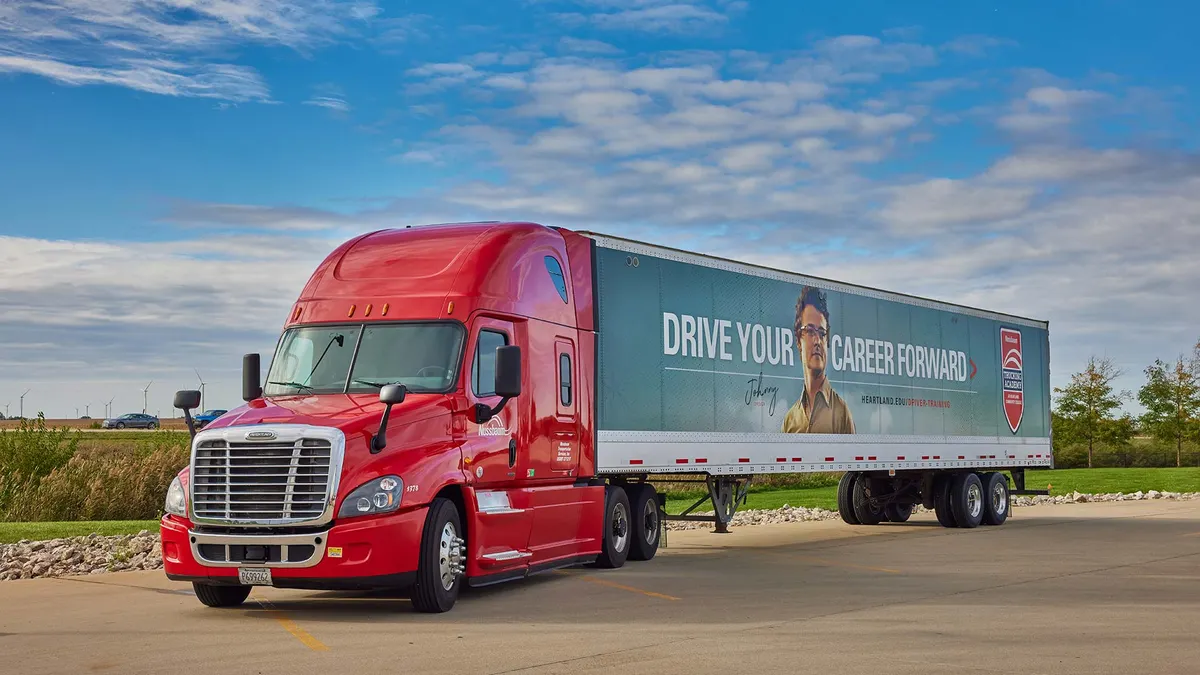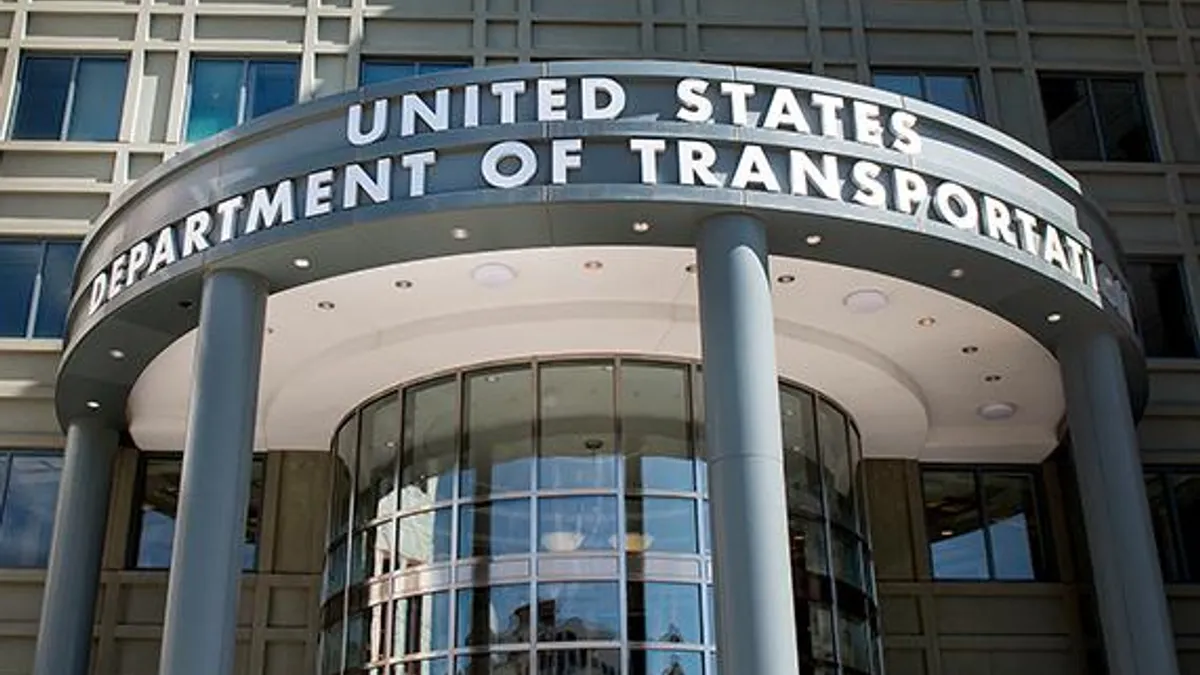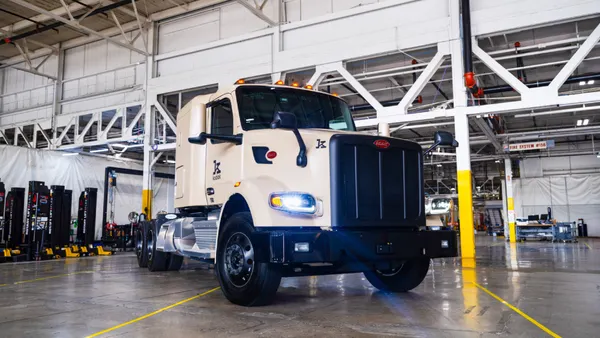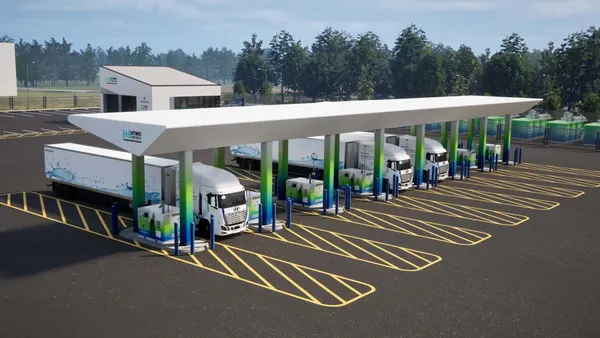We have all become too dependent on technology in almost every aspect of our lives.
In most cases, applications are straightforward. It doesn’t matter whose ATM card you carry; the machines will accept them all, and account access is consistent from one machine to the other with little deviation. They all sing from the same sheet of music, if you will.
That’s hardly true when you look at LTL technology across the industry. Everyone is singing a love song about it right now, but they are all singing a different verse.
The cacophony of noise and confusion can be deafening. It leads to extreme variations in process and application that create an almost insuperable dilemma between carriers and their shippers.
Here are three areas that technology mismatches impact the most.
Shipment tracking
I’ve attended many software presentations and have been impressed with the creativity and the intuitive approach to tech solutions that addressed some challenges yet to be solved. Shipment tracking is a good example.
Long before carriers were able to provide dynamic tracking, 3PLs were selling dynamic tracking software to other stakeholders. So, to meet that demand, carriers had to rely on manual input — which was not so efficient for the carrier.
Larger trucking firms eventually caught up. But many small- to midsize carriers are still a verse or two behind in the metaphorical song. Technology can be costly, and the justification to spend the resources sometimes aren't there. But shippers need small- to midsize carriers for a harmonized process.
The same is the case for auto-tracing. Some carriers can update a shipment continuously through their network due to dock and linehaul automation. Because carrier automation differs so greatly from carrier to carrier, a shipper only receives partial planning data on any given day.
Until automation becomes consistently applied, shippers can only control their data through carrier selection. Yes, 3PLs have their processes. However, forcing non-automated carriers to manually input data is not an effective solution, as the time lag renders the data useless.
Shipment weights and descriptions
There are crucial areas that are impacted by the variation in capability and process. Inaccurate shipment weights and inaccurate freight descriptions are at the heart of so many issues for the carriers.
These nuisances lead to customer’s No. 1 irritation: billing errors. Participants at regional customer panels I used to host all over the country would voice this as the top annoyance.
Software applications that address freight movement serve the shipper well but fall short in addressing those carrier concerns.
Freight weight and descriptions feed the most important carrier KPIs, such as load factor and revenue generation, in their city and linehaul operations. It’s how a carrier determines the effectiveness and profitability of their networks.
Shippers use various (and suspect) means, such as product data specs, to determine shipment weight. And I would have never thought to ask a shipper, "Do you actually weigh your shipments?"
As it turns out, it’s a very important question to ask. The shipment is rarely actually weighed by the shipper, and the ensuing inaccuracies have a very negative impact on key carrier KPIs. They can even result in legal penalties if trailers are inadvertently placed on the highway overloaded.
The sales department should be discussing the methods of calculating shipment weights even before the first truck hits the dock.

Carriers, on the other hand, use various methods to actually weigh a shipment. While some still visually assess the weight declaration (I’m being generous here), the advent of the forklift-mounted scale has provided a means by which the carrier can determine the accuracy of the shipper declared weights.
"Re-weighs" have been a source of contention between carriers and shippers for as long as there have been carriers and shippers. The current gap in capability only serves to further exacerbate this pesky and persistent issue.
What’s really interesting here is that, for around $3,000, a shipper could actually save themselves a large multiple of that cost. So, it begs the question, "Why don’t shippers make that investment?"
I suspect one of the plausible answers is that the focus on front end costs draws attention away from a source of even greater costs. That's what happens when you are so busy counting the quarters that you fail to see the dollars that are escaping through your back door.
Carriers could and should help shippers understand the advantage of matching these technologies and filling this obvious gap. Perhaps carriers could even help facilitate purchases through their established vendors.
At the very least, the sales department should be discussing the methods of calculating shipment weights even before the first truck hits the dock.
There are software "solutions" designed for these issues. But, again, the wide variation built into the solutions creates more noise than harmony.
Shipment classification
The granddaddy of all tech capability gaps is shipment classification. Dimensionalizers are effective — but only if a fleet or shipper has $80,000 or more to spend on one.
Most turn to the National Motor Freight Classification guide instead, but there has been much debate regarding its usefulness. It is the root of many evils in the eyes of many.
The issues with the NMFC arise from the vagueness of its explanations and product descriptors (even the Bible has fewer variations in interpretations) and the challenge of keeping it current with product development. The pursuit of preventing and resolving classification, and thus rating, issues has led to a tremendous tech capability gap.
Many would like to see the NMFC retired in favor of dimensionalizers and density rating like other transport modes. But shippers are slow to adopt the concept and certainly resist when their product is light and bulky. In that case they run to the cover of the NMFC.
On a recent webinar, one trucking exec lamented that, while the company adopted methods of determining dimensional weight, shippers don’t yet have this capability and seem far from it. The costs are high and the equipment required for LTL application is bulky.
Carriers need to work more like "consultants" in helping shippers understand the concept, the ramifications and how to develop practices that help prevent the common and frequent disputes. There’s a big payoff for both in doing so.
It looks like it will be awhile before carriers and shippers sing from the same page. But that doesn’t mean there’s nothing that can be done.
Lanny Fleming began his career with Roadway Express in 1977. He was with American Freightways and FedEx Freight for 20 years, and UPS Freight for six. Views don't necessarily represent those of Transport Dive.



















